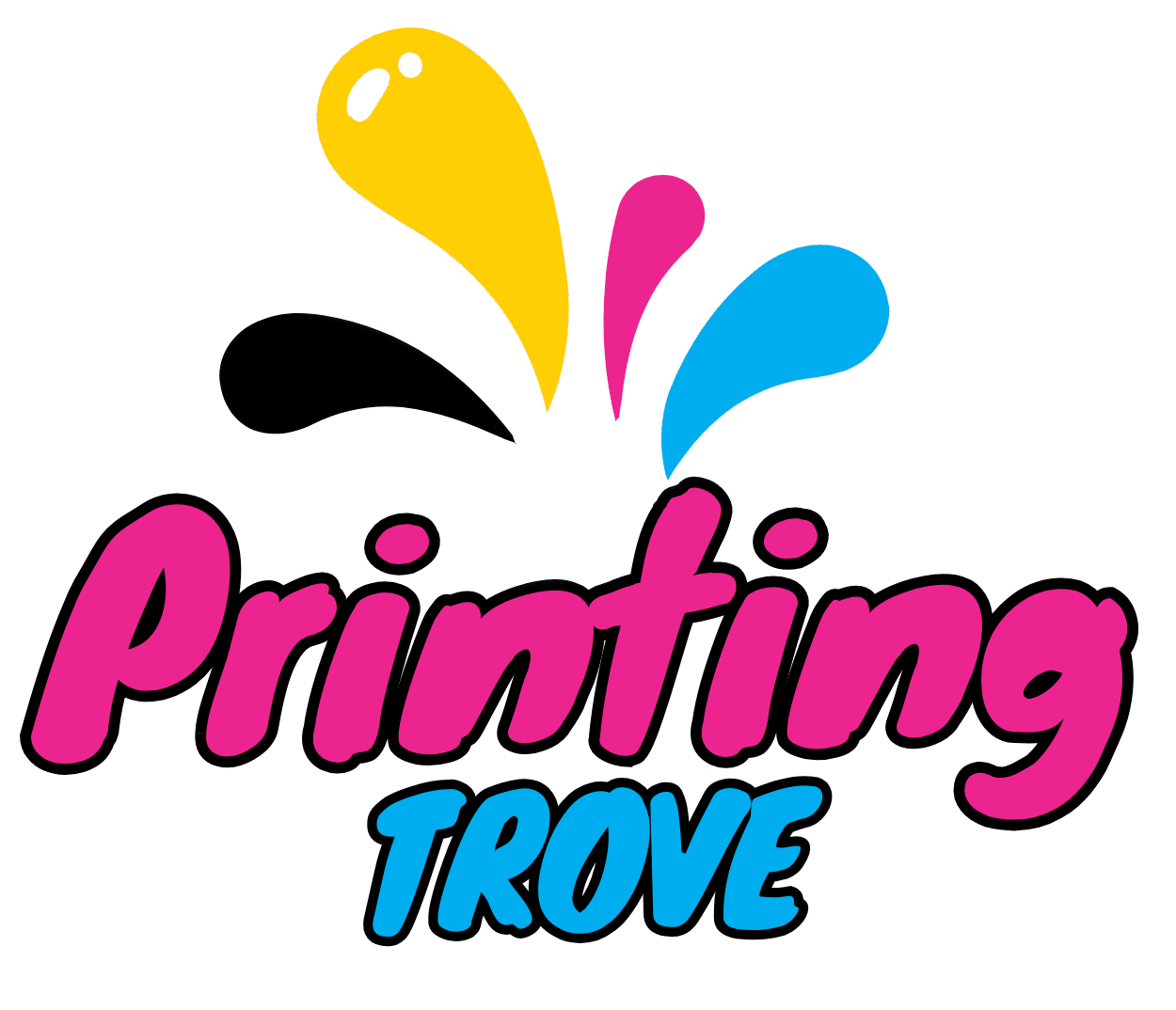
A sublimation test print is a critical step in the sublimation printing process, ensuring your colors are accurate, your materials are compatible, and your final results are of the highest quality. Sublimation printing is a powerful method for producing vibrant, long-lasting designs on fabrics, mugs, phone cases, and more. However, achieving perfect colors and sharp detail requires more than just pressing print. Whether you’re a seasoned professional or just starting your sublimation journey, mastering the test print process can save you time, money, and frustration. In this comprehensive guide, we’ll walk you through everything you need to know about test prints in sublimation printing to optimize your process and avoid costly mistakes.
Key Takeaways:
- Sublimation test prints help detect issues early and ensure quality control.
- The right combination of printer, ink, paper, and press settings is crucial.
- Evaluating and adjusting test prints leads to better final products.
- Proper pressing techniques significantly impact print outcomes.
- Troubleshooting and regular maintenance help maintain consistency and reliability.
Understanding Sublimation Test Prints

A sublimation test print is essentially a trial run that allows you to evaluate color accuracy, alignment, and overall transfer quality before moving into full production. It serves as a diagnostic tool, revealing issues in color profiles, ink saturation, or press settings that could affect your final product.
You should perform a test print when:
- You’re using a new printer or have recently changed the ink.
- You’ve switched substrates (e.g., from fabric to ceramic).
- You’re creating or updating ICC color profiles.
- You’re working on a high-value or client-specific project.
Test prints not only ensure quality but also help maintain consistency across different batches of products. You can read more guide if your sublimation printer is printing lines.
Choosing the Right Sublimation Printer, Ink, and Paper

Your final sublimation results are only as good as the tools you use. Here’s a deeper dive into what makes the right hardware and materials essential:
Printers
Choose models designed specifically for sublimation. Epson EcoTank and Sawgrass Virtuoso series are popular due to their reliability and compatibility with sublimation inks.
Inks
Always use high-quality sublimation inks from reputable brands. Cheap or expired inks may cause clogs, fading, or inconsistent colors.
Paper

Sublimation paper plays a vital role in ink transfer. High-release papers ensure maximum ink transfer, while low-quality paper can reduce vibrancy and detail.
Ensure all your components are compatible not only with each other but also with the substrates you plan to print on.
Performing a Sublimation Test Print
A methodical test print process helps you spot and correct issues before they ruin a batch of products. Here’s how to do it step-by-step:
Design a Test File
Include solid color blocks (CMYK and RGB), gradients, fine lines, text, and photographic images.
Load Sublimation Paper Properly
Make sure you’re loading the paper on the correct side and your printer settings match the paper type.
Use the Right ICC Profile
Color management is key; use the ICC profile that matches your printer-ink-paper combo.
Print the Design
Use high-resolution settings (at least 300 DPI) for best results.
Heat Press the Test Image
Transfer it onto your blank using standard pressing settings for your substrate.
Analyzing and Adjusting Test Print Results

After transferring your test image, it’s time to analyze the results. Pay close attention to:
Color Accuracy
Do the colors match your design? If not, consider adjusting your ICC profile or color settings.
Sharpness
Blurry or smudged prints may indicate movement during pressing or incorrect pressure.
Saturation and Contrast
Colors should be vibrant but not oversaturated. Adjust print settings or try different paper if needed.
Evenness
Look for areas with uneven transfer, which may point to inconsistent pressure or temperature.
Make incremental adjustments and re-test until you get the desired outcome.
Proper Pressing Techniques for Sublimation

Heat pressing is as important as the printing process. Even a perfect print can be ruined by incorrect pressing. Keep these best practices in mind:
- Time & Temperature: Most polyester fabrics and hard substrates like mugs require 375-400°F for 40-60 seconds.
- Pressure: Medium to firm pressure ensures full contact between the paper and substrate.
- Alignment: Use heat-resistant tape to secure the paper and prevent shifting.
- Pre-Pressing: Always pre-press garments for 5-10 seconds to remove moisture and wrinkles.
- Protection: Use butcher paper or Teflon sheets to prevent ink bleed-through.
Troubleshooting Common Sublimation Issues

Even with good preparation, problems can arise. Here are solutions to the most common issues:
- Ghosting: This happens when the paper shifts during pressing. Use heat tape or adhesive spray.
- Color Shift: Occurs due to poor color management. Make sure you’re using accurate ICC profiles and calibrating your monitor.
- Faded Prints: Can result from low-quality ink, insufficient pressure, or incorrect time/temperature.
- Blurring: Often due to excess moisture. Pre-press substrates and store paper in dry conditions.
- Banding: Lines across the print usually mean clogged nozzles. Perform a nozzle check and cleaning cycle.
Maintaining your printer and keeping a log of press settings can help identify patterns and resolve issues quickly.
Conclusion
Mastering the sublimation test print process is essential for delivering consistent, professional-quality products. With the right tools, materials, and testing methods, you can avoid common printing pitfalls and consistently achieve vibrant, accurate designs. Whether you’re printing one shirt or hundreds of mugs, taking a few extra minutes for a test print can make all the difference.
In the world of sublimation, precision is power. So optimize your workflow, embrace testing, and produce prints that truly stand out.
